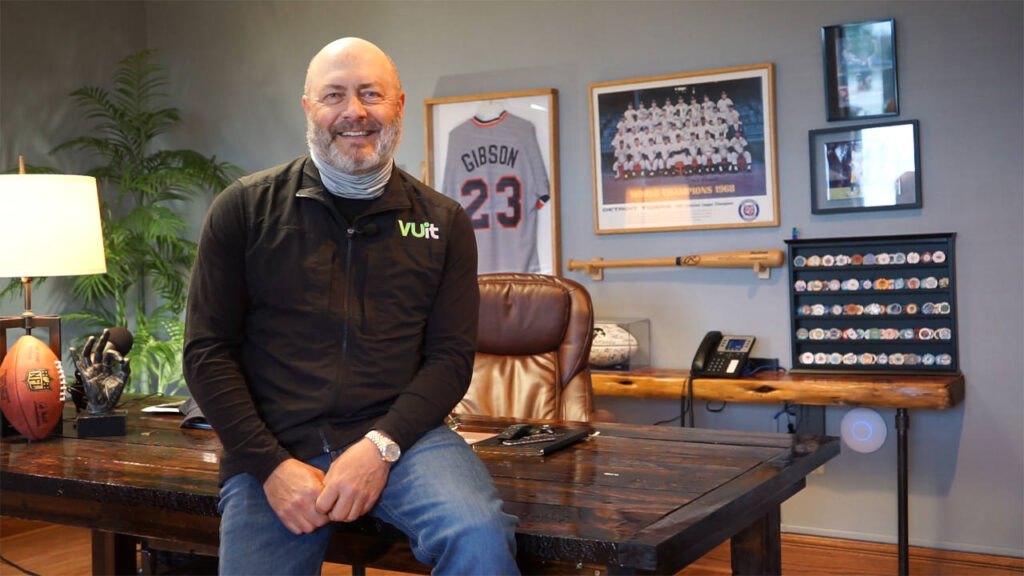New independent sci-fi bookstore opens in Riverside
CBJ News Staff

Syncbak founder and CEO Jack Perry is shown in his company's Cedar Rapids office. (COURTESY SYNCBAK/GABRIELLE DARLING)
Jack Perry is no stranger to technology and innovation.
In his professional career, he’s shepherded a number of “firsts” in digital and broadcast realms from concept to execution. The bedrock of his current efforts, Syncbak, has been a fixture in the streaming television industry since its debut in 2009.
But there’s a new apple in the eye of this energetic and forward-thinking entrepreneur. It’s called

Get immediate, unlimited access to all subscriber content and much more.
Learn more in our subscriber FAQ.
Do you want to read and share this article without a paywall?
